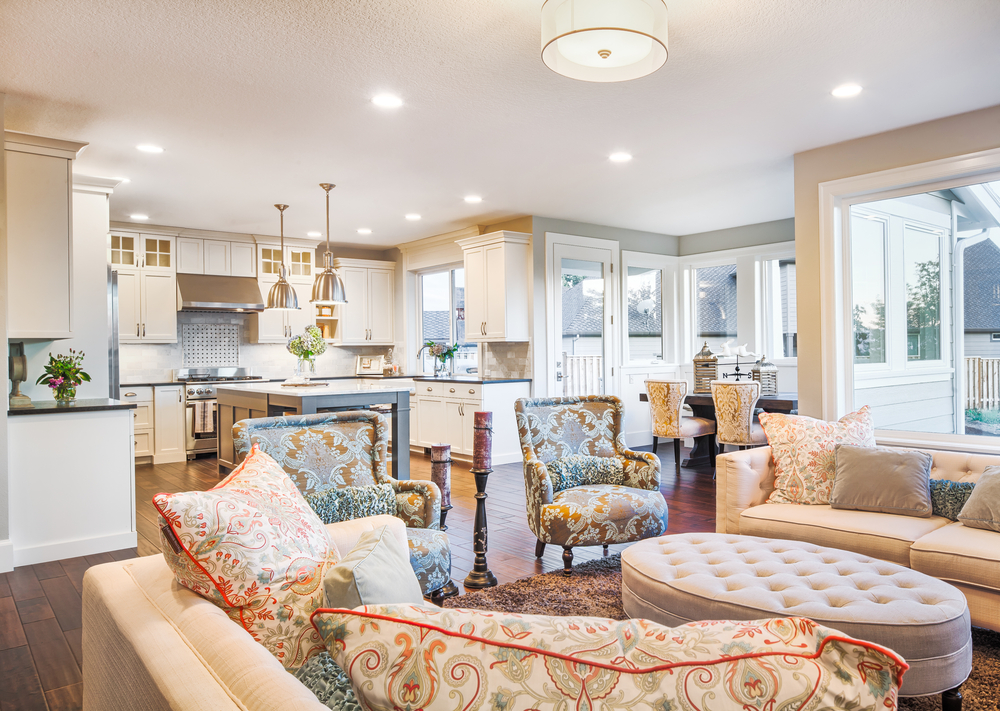
Here is an accessible, open floor plan that removes barriers to allow the ready use of the entire space and provides hard-surface flooring, easy-to-use door pulls, and plenty of lighting to provide comfort and safety.
Universal design is well-received
Universal design is a term that many people have heard, even if they aren’t fully aware of what it is or how it might apply to them. Nevertheless, it is a great strategy for aging in place solutions – especially for people with no particular or urgent needs other than getting older in their current homes.
People’s homes may be quite comfortable for them as they are currently, or they may present several challenges. We can work on those challenges, one-b-by-one, attacking the most worrisome issues first, or we can strive to create a very accessible environment that will accommodate the members of the family and any of their guests that join them.
This is where a universal design strategy can help.
Universal design is inclusive
There are many great attributes of universal design. It looks at the population in general and attempts to accommodate the needs of almost anyone without specifically taking into account how tall they are, how mobile they might be, how much physical strength or ability they might have, or how old they are. Some people may need more specialized approaches to address their needs as they age, but universal design serves the needs of the majority of those who are aging in place.
We know that one of the guiding principles, or attributes, of universal design, as defined in 1997 by the Center for Universal Design at North Carolina State University is flexibility – being able to access and operate controls in the home from a variety of approaches and human performance characteristics.
It accommodates so many different abilities without needing to be design-specific based on what we know about someone. When visitors or guests are present in a home, the same concept applies.
Universal design is intuitive
Along with being flexible in usage and blending into the surrounding part of the home where there are located, universal design features have a tolerance for error. This means someone does not need to use a feature in any prescribed way in order to get the results they are seeking. A rocker light switch is a great example of this.
Another important feature of universal design, arguably the most important, is that is intuitive. It doesn’t require any study or contemplation on how to use it before attempting to do so. All of the information we need to operate something (a switch, control, or appliance, for instance) is obvious to us. We just begin using it as if we had been doing so all along.
Aging in place strategies
Universal design enables most of us to function well in a home environment – ours or someone’s home we are visiting – without needing to know in advance how things work. We can use them whether we are seated or standing, and we can operate something or use it whether or not we have been in that space or used those features previously.
We do not need to possess any particular degree of physical strength or dexterity to use something.
Universal design accommodates so many needs and abilities and is a great aging in place strategy as a result.
